45 label the diagram of dna nucleotides and bases
How do you draw a nucleotide and label its three basic parts? How do you draw a nucleotide and label its three basic parts? Biology Molecular Biology Basics Nucleic Acids 1 Answer Maxwell Jul 19, 2017 See below Explanation: The above structure is a nucleotide. It consists of a: phosphate group 5-carbon sugar, and nitrogenous base. Answer link Biology: chapter 12 section 1 Flashcards | Quizlet label the diagram of DNA nucleotides and bases: 1. Phosphate. label the diagram of DNA nucleotides and bases: 2. sugar. label the diagram of DNA nucleotides and bases: 3. Purine. label the diagram of DNA nucleotides and bases: 4. Guanine. label the diagram of DNA nucleotides and bases: 5.
9.1 The Structure of DNA - Concepts of Biology - 1st Canadian Edition The DNA molecule is a polymer of nucleotides. Each nucleotide is composed of a nitrogenous base, a five-carbon sugar (deoxyribose), and a phosphate group. There are four nitrogenous bases in DNA, two purines (adenine and guanine) and two pyrimidines (cytosine and thymine). A DNA molecule is composed of two strands.
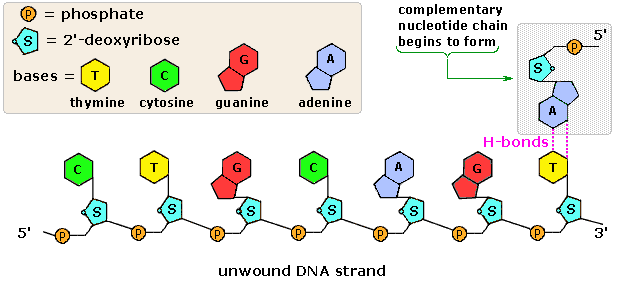
Label the diagram of dna nucleotides and bases
9.1 The Structure of DNA - Concepts of Biology | OpenStax The building blocks of DNA are nucleotides, which are made up of three parts: a deoxyribose (5-carbon sugar), a phosphate group, and a nitrogenous base ( Figure 9.3 ). There are four types of nitrogenous bases in DNA. Adenine (A) and guanine (G) are double-ringed purines, and cytosine (C) and thymine (T) are smaller, single-ringed pyrimidines. DNA function & structure (with diagram) (article) | Khan Academy All four nucleotides (A, T, G and C) are made by sticking a phosphate group and a nucleobase to a sugar. The sugar in all four nucleotides is called deoxyribose. It's a cyclical molecule—most of its atoms are arranged in a ring-structure. The ring contains one oxygen and four carbons. 1.2: Structure of DNA and RNA - Biology LibreTexts DNA (deoxyribonucleic acid) and RNA (ribonucleic acid) are composed of two different classes of nitrogen-containing bases: the purines and pyrimidines. The most commonly occurring purines in DNA are adenine and guanine: Figure 1.2.1: Purines. The most commonly occurring pyrimidines in DNA are cytosine and thymine: Figure 1.2.2: Pyramidines.
Label the diagram of dna nucleotides and bases. Solved Label the diagram. Use these choices nucleotide, - Chegg Question: Label the diagram. Use these choices nucleotide, deoxyribose, phosphate group, nitrogen base, hydrogen bonds, base pair. Complete each statement 7. guanine (C) cytosin (C) and thymine (1) are the four in DNA 8. In DNA always Soms hydrogen bonds with guaninc ). 9. Structure of DNA - Higher Biology Revision - BBC Bitesize Its structure is described as a double-stranded helix held together by complementary base pairs. The basic units of DNA are nucleotides. These nucleotides consist of a deoxyribose sugar, phosphate ... Nucleotide - Wikipedia Nucleotides are composed of three subunit molecules: a nucleobase, a five-carbon sugar ( ribose or deoxyribose ), and a phosphate group consisting of one to three phosphates. The four nucleobases in DNA are guanine, adenine, cytosine and thymine; in RNA, uracil is used in place of thymine. 3 Parts of a Nucleotide and How They Are Connected - ThoughtCo Both deoxyribonucleic acid (DNA) and ribonucleic acid (RNA) are made up of nucleotides which consist of three parts: Nitrogenous Base Purines and pyrimidines are the two categories of nitrogenous bases. Adenine and guanine are purines. Cytosine, thymine, and uracil are pyrimidines.
Methods for Labeling Nucleic Acids - Thermo Fisher Scientific Summary of nucleic acid labeling methods. 1. 5′ end-labeled primers can be used with this method in order to add a 5′ modification to a DNA probe. 2. Modified nucleotides can be added to the 3′ recessed-end of double-stranded DNA during fill-in reactions. 3. Building Model Of Nucleotide Teaching Resources | TPT Students then highlight the bases and label particular parts of the DNA strands.Also included is a teacher-guided process sheet, should students need to review the DNA replication process before the activity.Terms used in this lab include: helicase, adenine, guanine, cytosine, thymine, nucleotide, bases, DNA backbone, phosphate group, 5-carbon Nucleotide - Definition, Structure (3 Parts), Examples & Function A nucleotide is an organic molecule that is the building block of DNA and RNA. They also have functions related to cell signaling, metabolism, and enzyme reactions. A nucleotide is made up of three parts: a phosphate group, a 5-carbon sugar, and a nitrogenous base. The four nitrogenous bases in DNA are adenine, cytosine, guanine, and thymine. Nucleic acids (article) | Khan Academy Each nucleotide in DNA contains one of four possible nitrogenous bases: adenine (A), guanine (G) cytosine (C), and thymine (T). Adenine and guanine are purines, meaning that their structures contain two fused carbon-nitrogen rings. Cytosine and thymine, in contrast, are pyrimidines and have a single carbon-nitrogen ring.
3.5 Nucleic Acids - Biology 2e | OpenStax The nucleotides combine with each other to form a polynucleotide, DNA or RNA. Three components comprise each nucleotide: a nitrogenous base, a pentose (five-carbon) sugar, and a phosphate group (Figure 3.31). Each nitrogenous base in a nucleotide is attached to a sugar molecule, which is attached to one or more phosphate groups. Nucleotide - Genome A nucleotide consists of a sugar molecule (either ribose in RNA or deoxyribose in DNA) attached to a phosphate group and a nitrogen-containing base. The bases used in DNA are adenine (A), cytosine (C), guanine (G) and thymine (T). In RNA, the base uracil (U) takes the place of thymine. DNA diagram to label Diagram | Quizlet the 5 Carbon sugar found in DNA nucleotides Term Guanine NUCLEOTIDE Definition made up of a phosphate group, deoxyribose sugar, and a nitrogenous base Location Term purine Definition a nitrogenous base with two rings Location Term pyrimidine Definition a nitrogenous base with one ring Location Term Deoxyribose Definition 1.2: Structure of DNA and RNA - Biology LibreTexts DNA (deoxyribonucleic acid) and RNA (ribonucleic acid) are composed of two different classes of nitrogen-containing bases: the purines and pyrimidines. The most commonly occurring purines in DNA are adenine and guanine: Figure 1.2.1: Purines. The most commonly occurring pyrimidines in DNA are cytosine and thymine: Figure 1.2.2: Pyramidines.
DNA function & structure (with diagram) (article) | Khan Academy All four nucleotides (A, T, G and C) are made by sticking a phosphate group and a nucleobase to a sugar. The sugar in all four nucleotides is called deoxyribose. It's a cyclical molecule—most of its atoms are arranged in a ring-structure. The ring contains one oxygen and four carbons.
9.1 The Structure of DNA - Concepts of Biology | OpenStax The building blocks of DNA are nucleotides, which are made up of three parts: a deoxyribose (5-carbon sugar), a phosphate group, and a nitrogenous base ( Figure 9.3 ). There are four types of nitrogenous bases in DNA. Adenine (A) and guanine (G) are double-ringed purines, and cytosine (C) and thymine (T) are smaller, single-ringed pyrimidines.








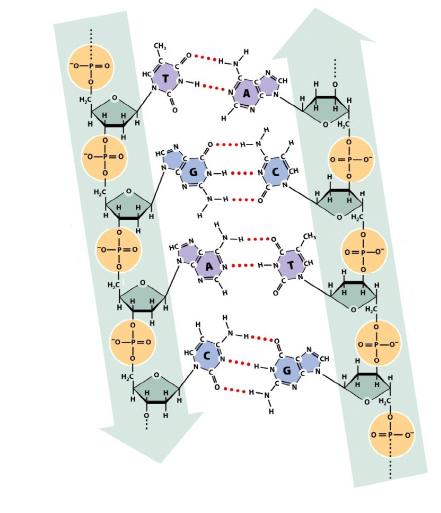



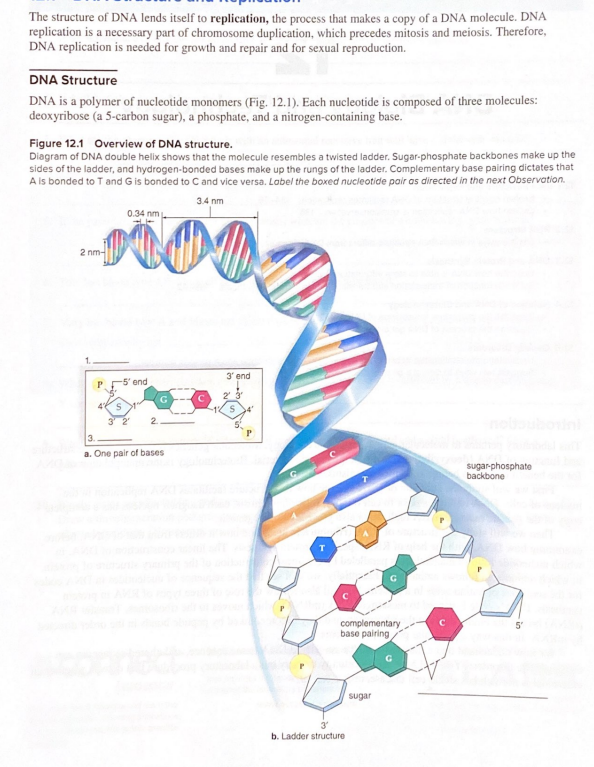

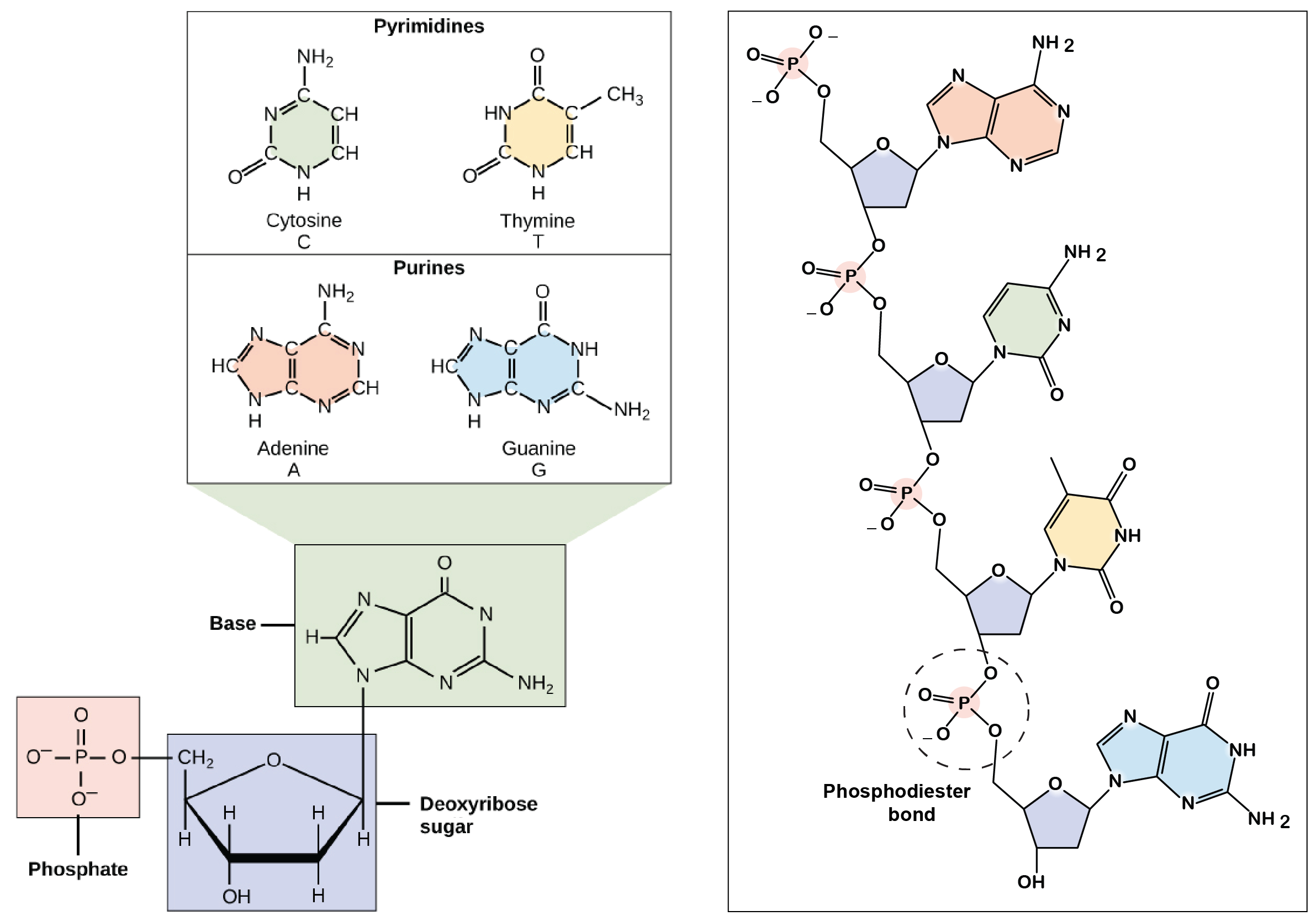
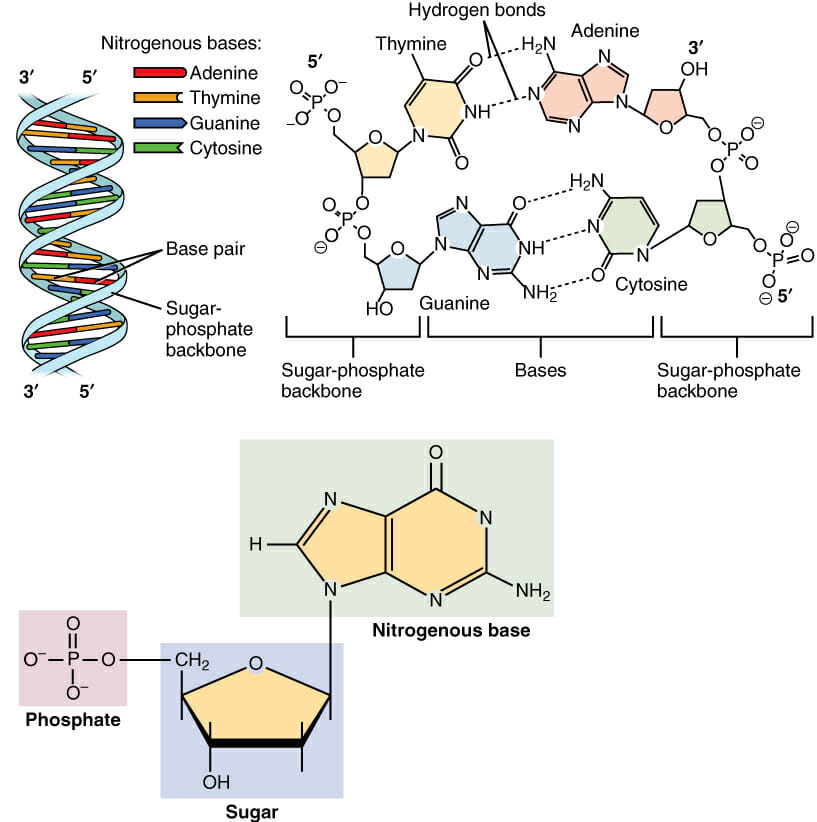
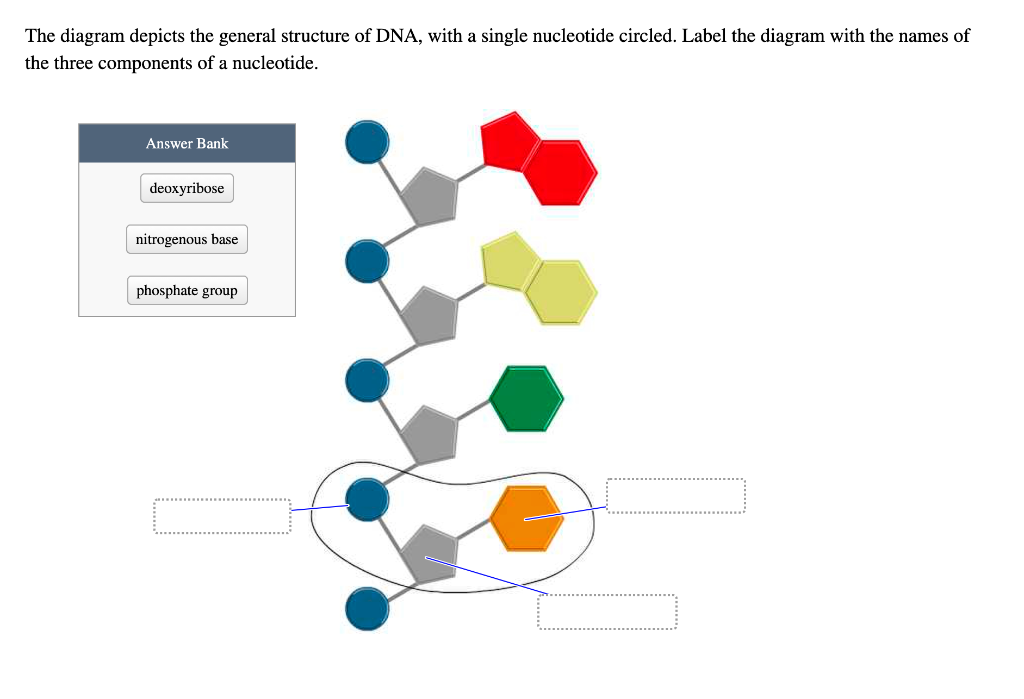


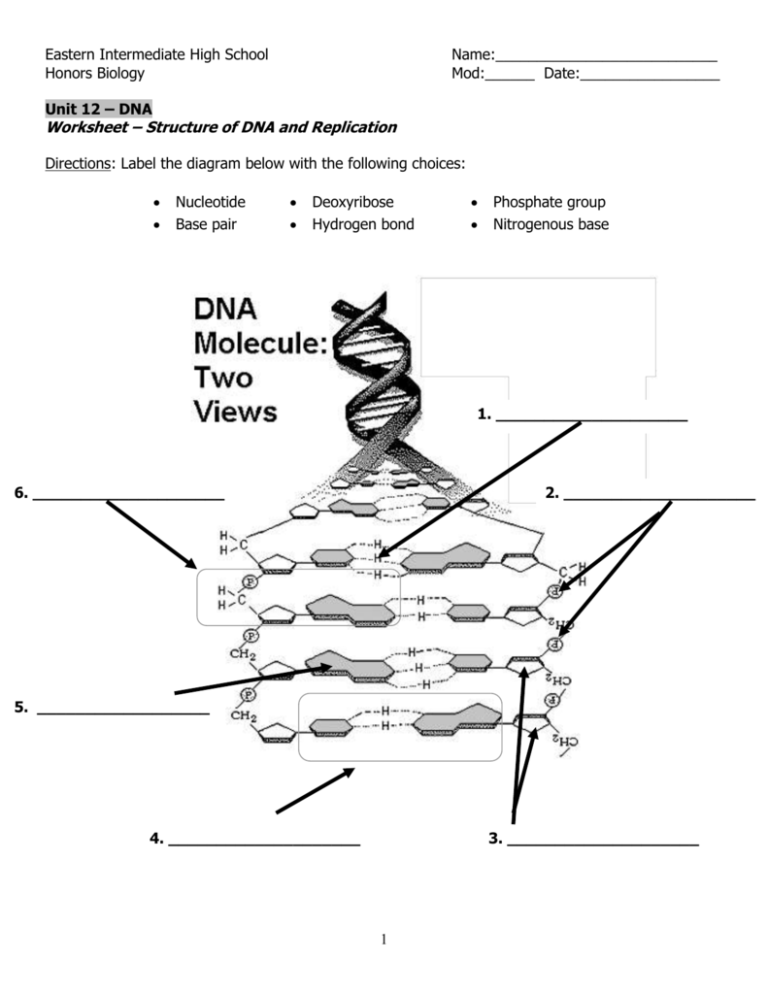




:max_bytes(150000):strip_icc()/what-are-the-parts-of-nucleotide-606385-FINAL-5b76fa94c9e77c0025543061.png)


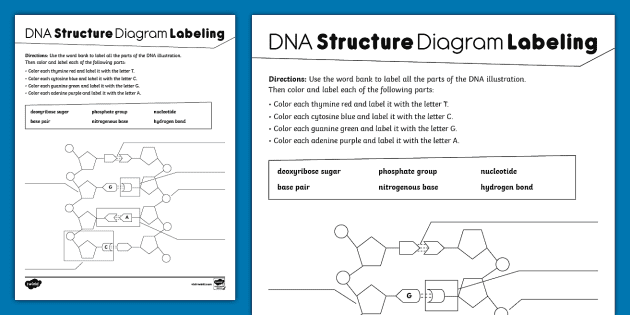

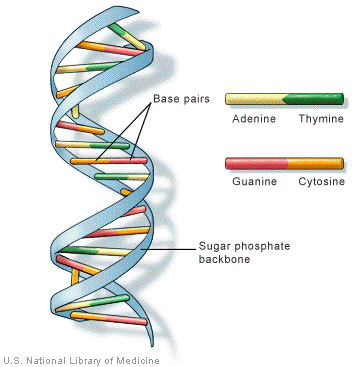
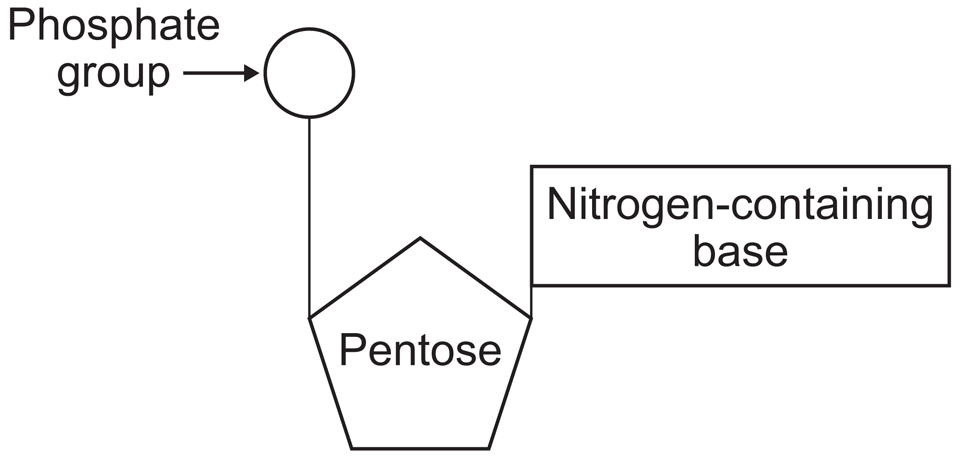
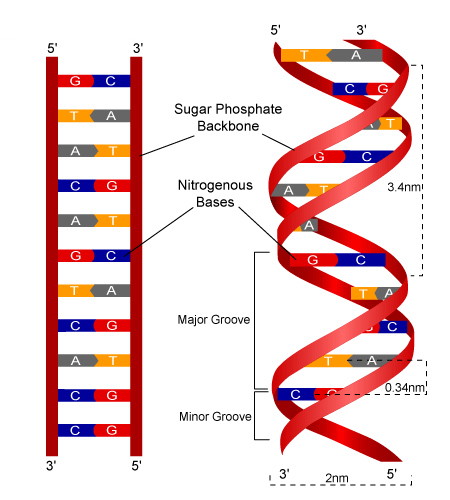
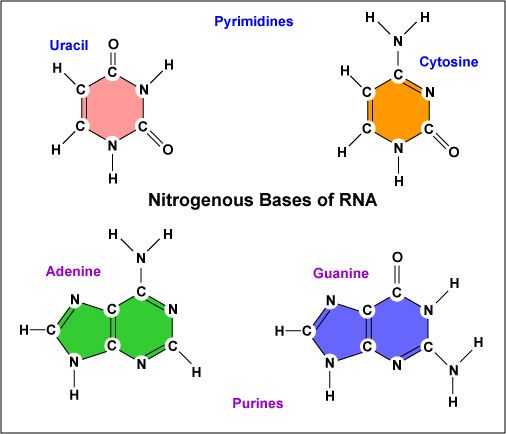

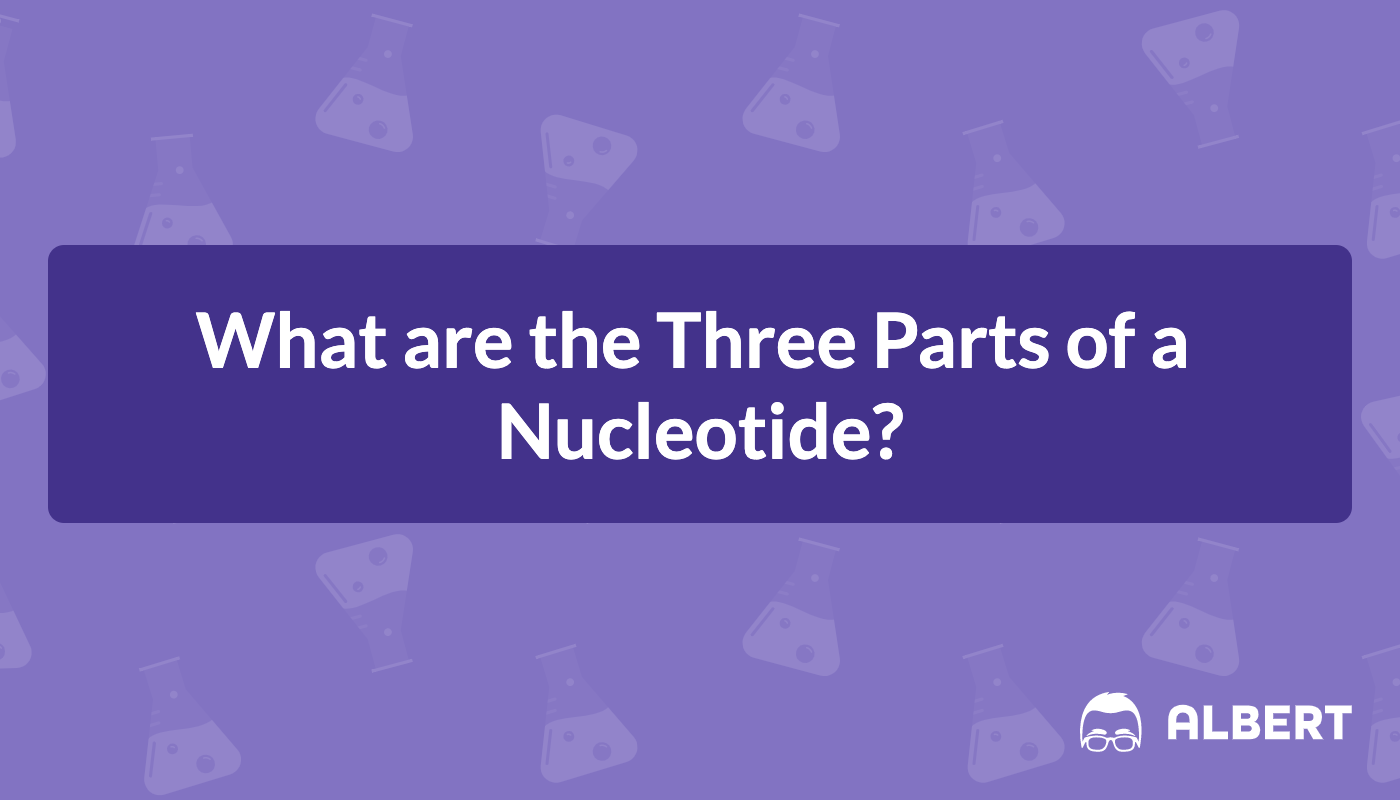
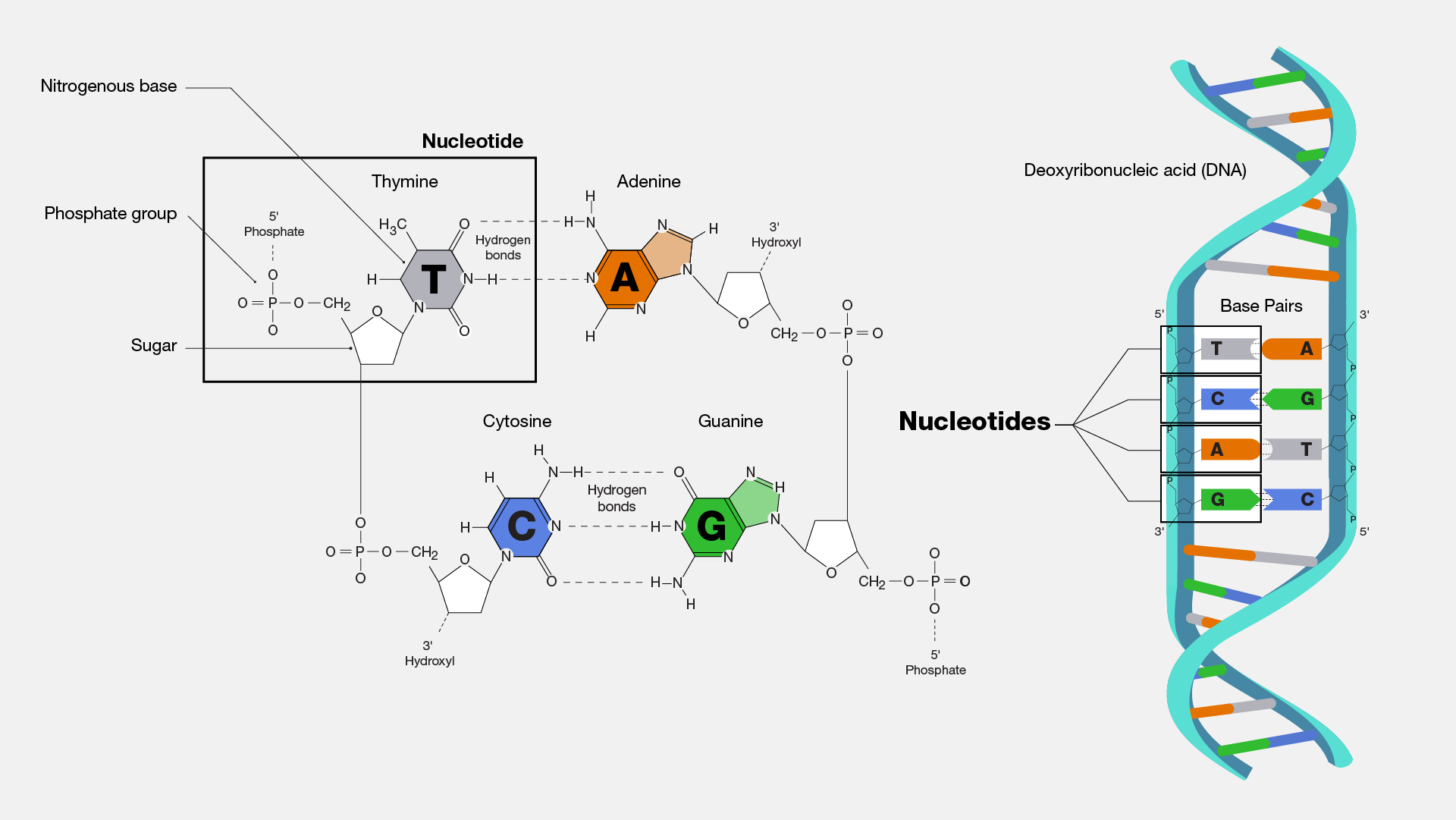
Post a Comment for "45 label the diagram of dna nucleotides and bases"